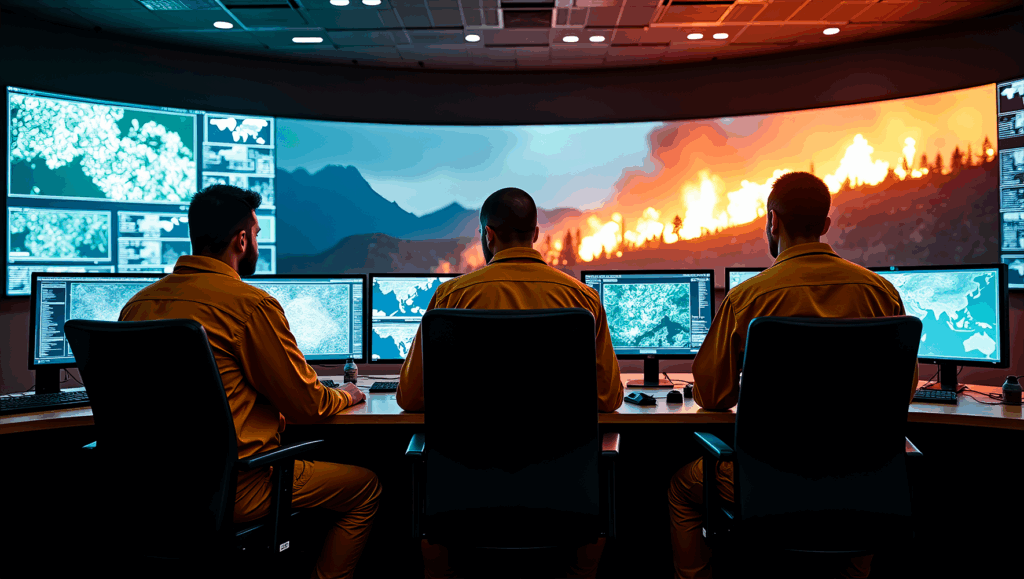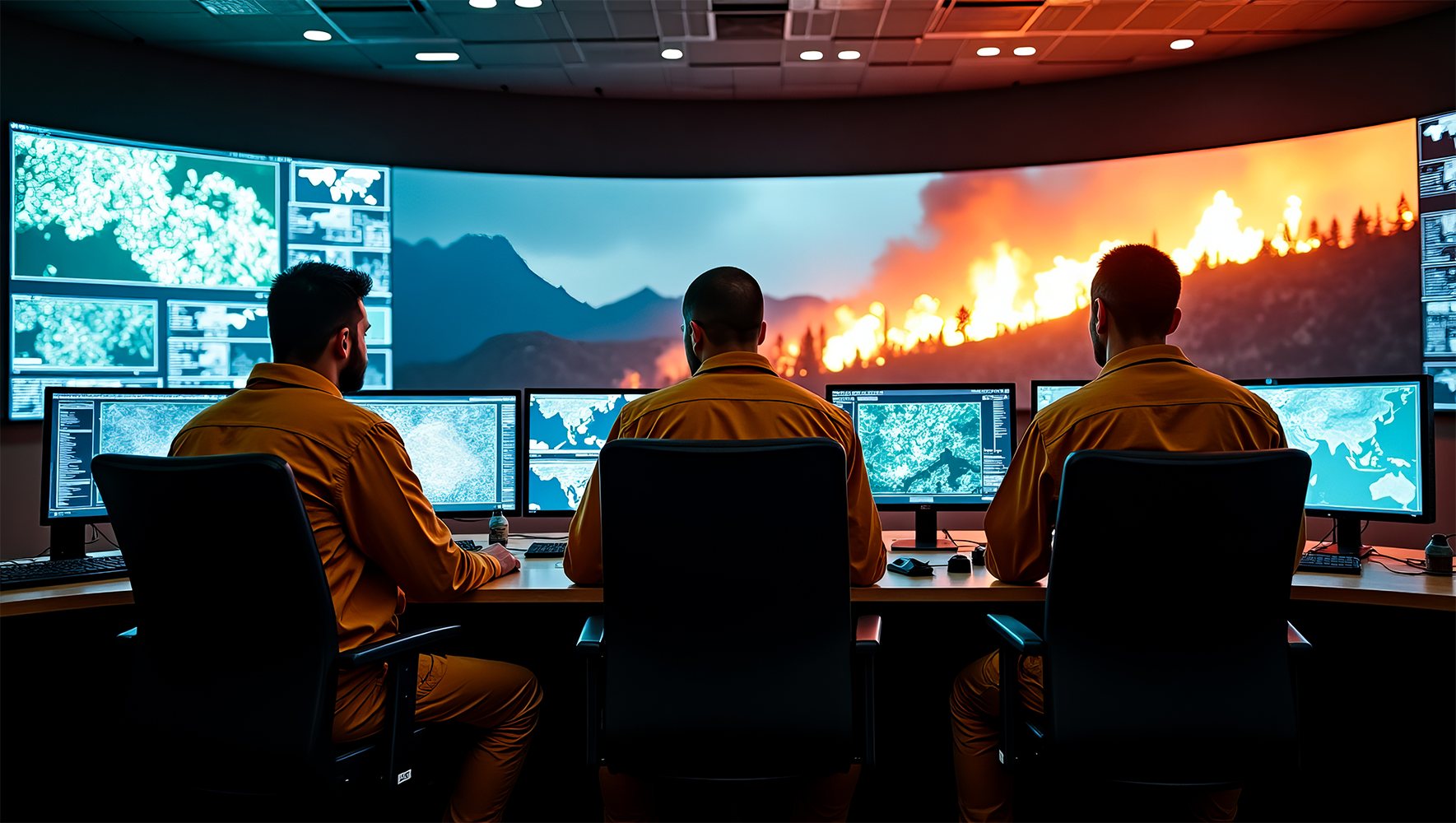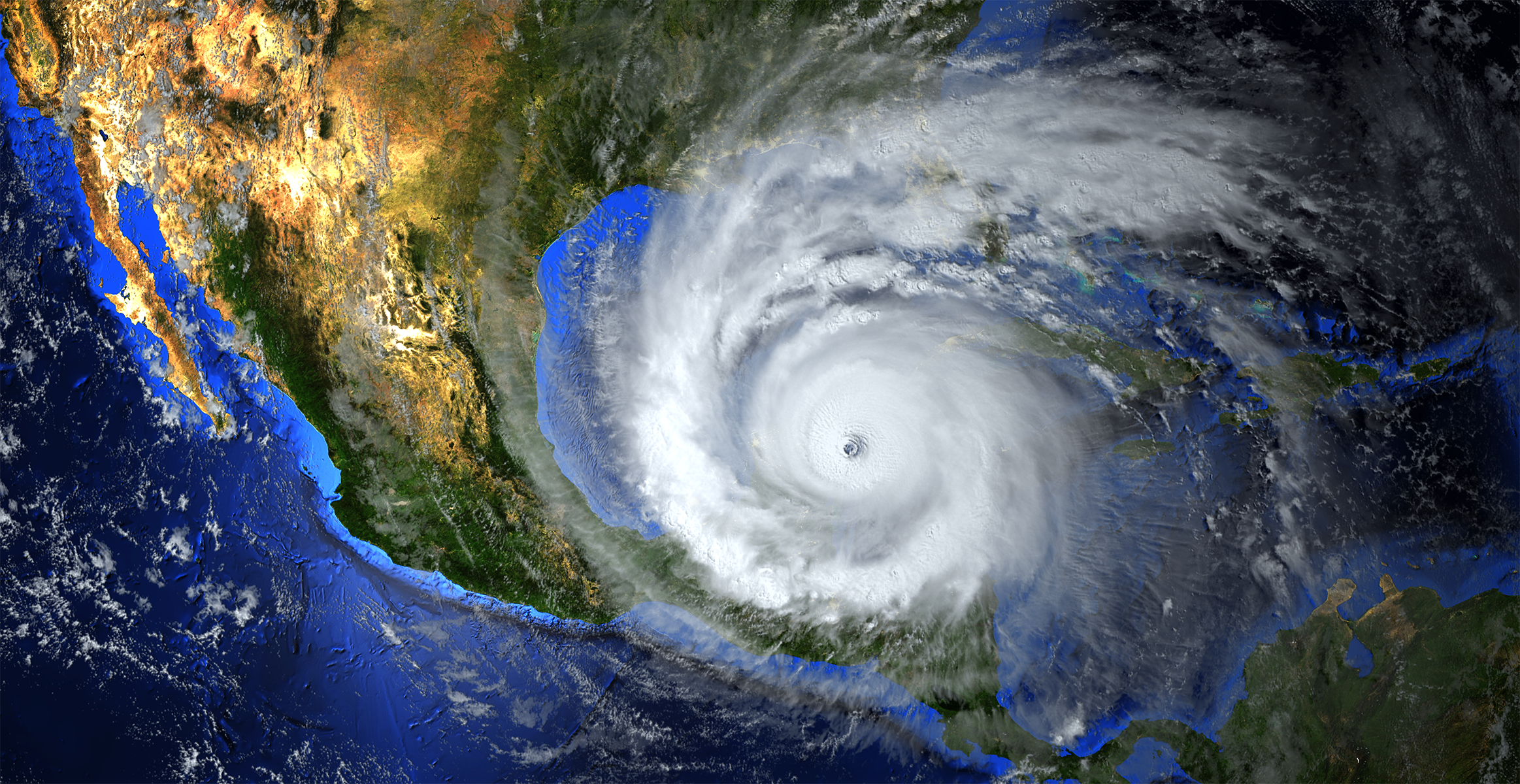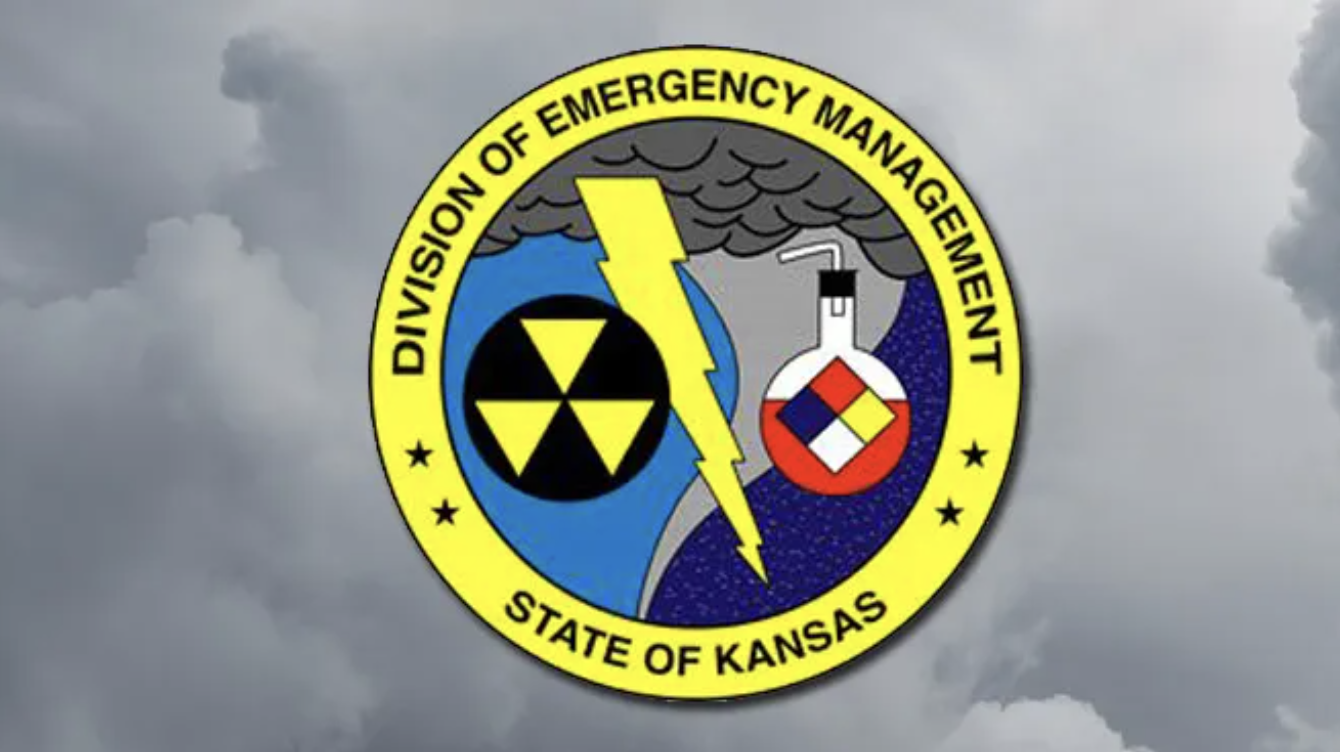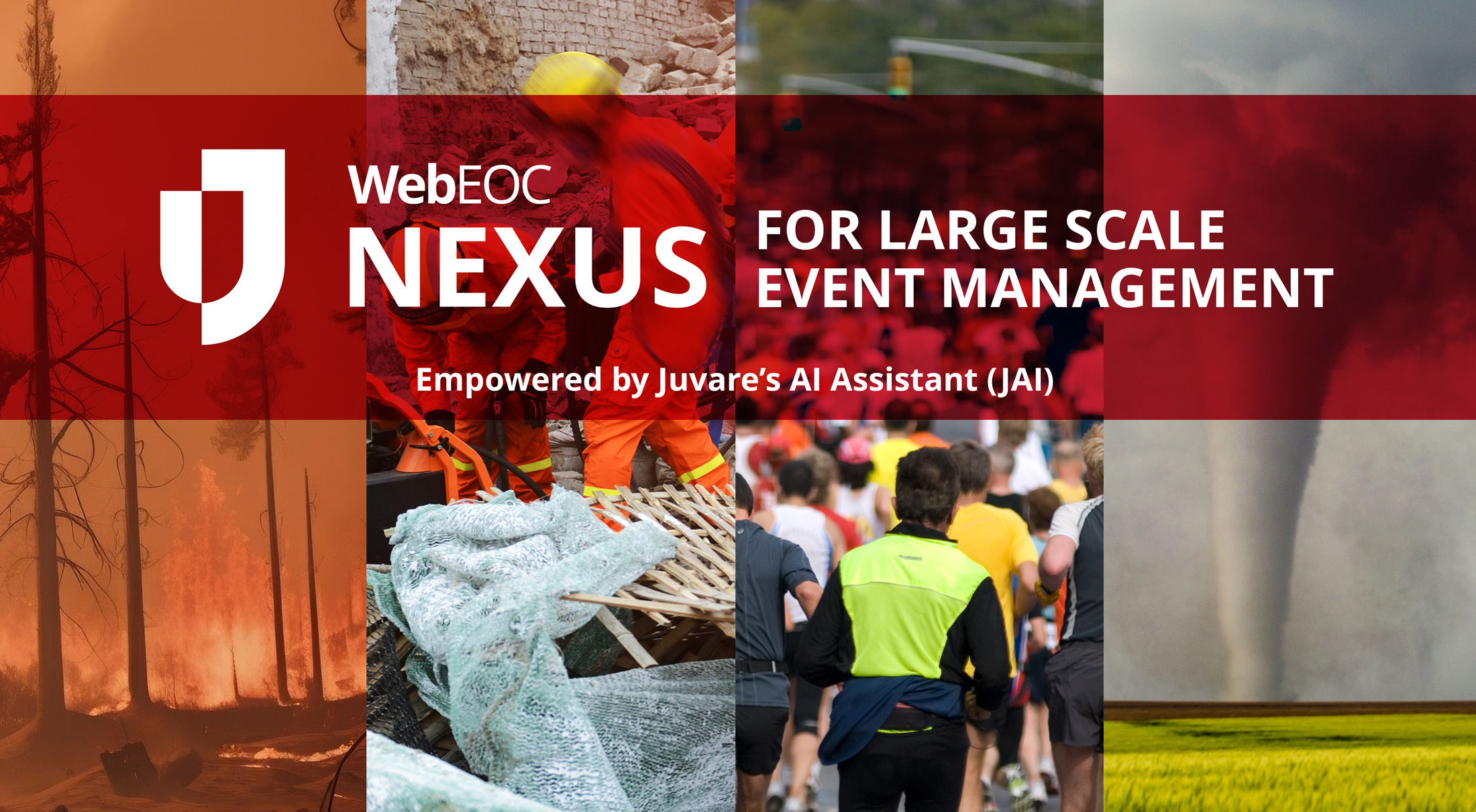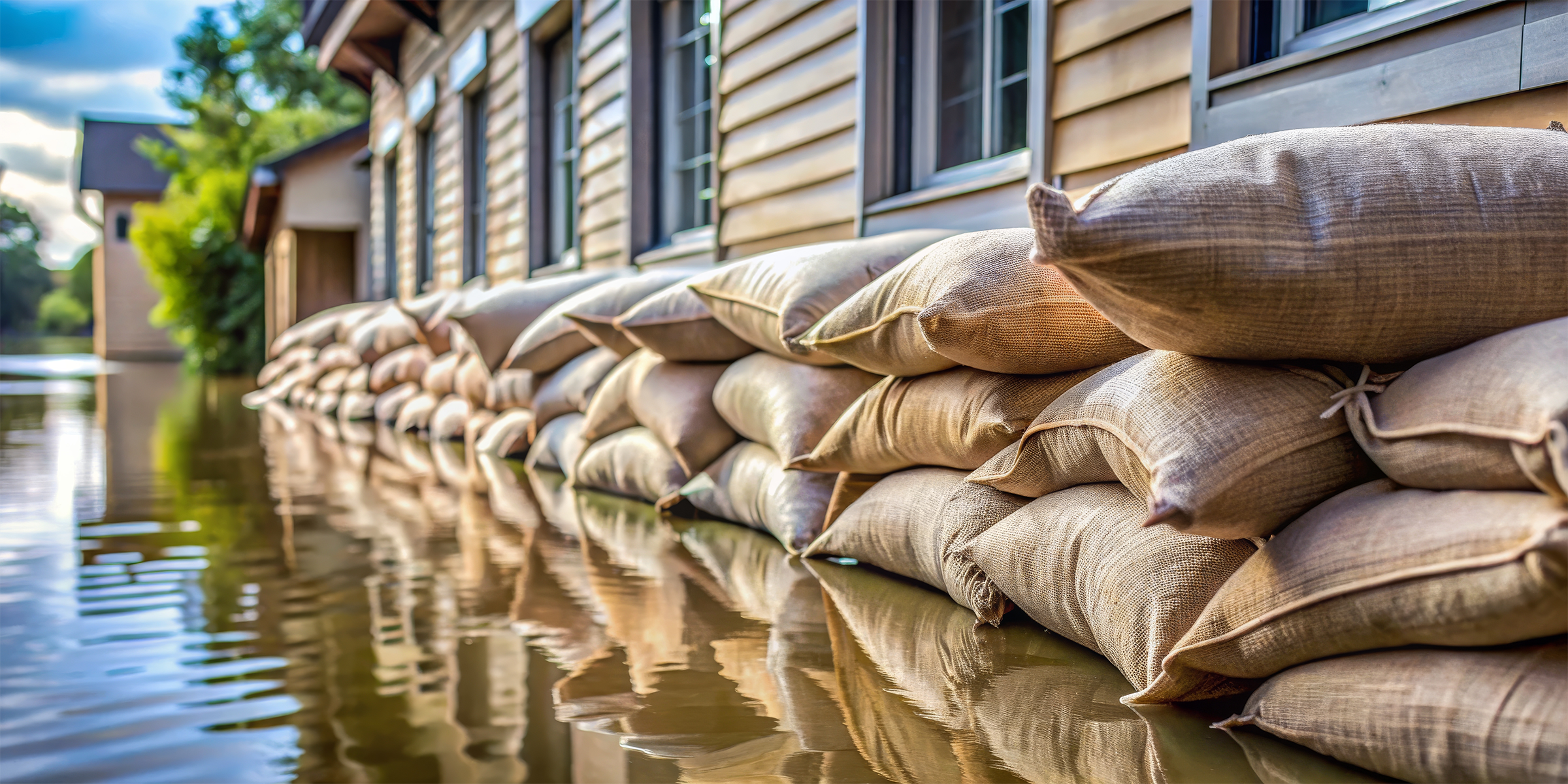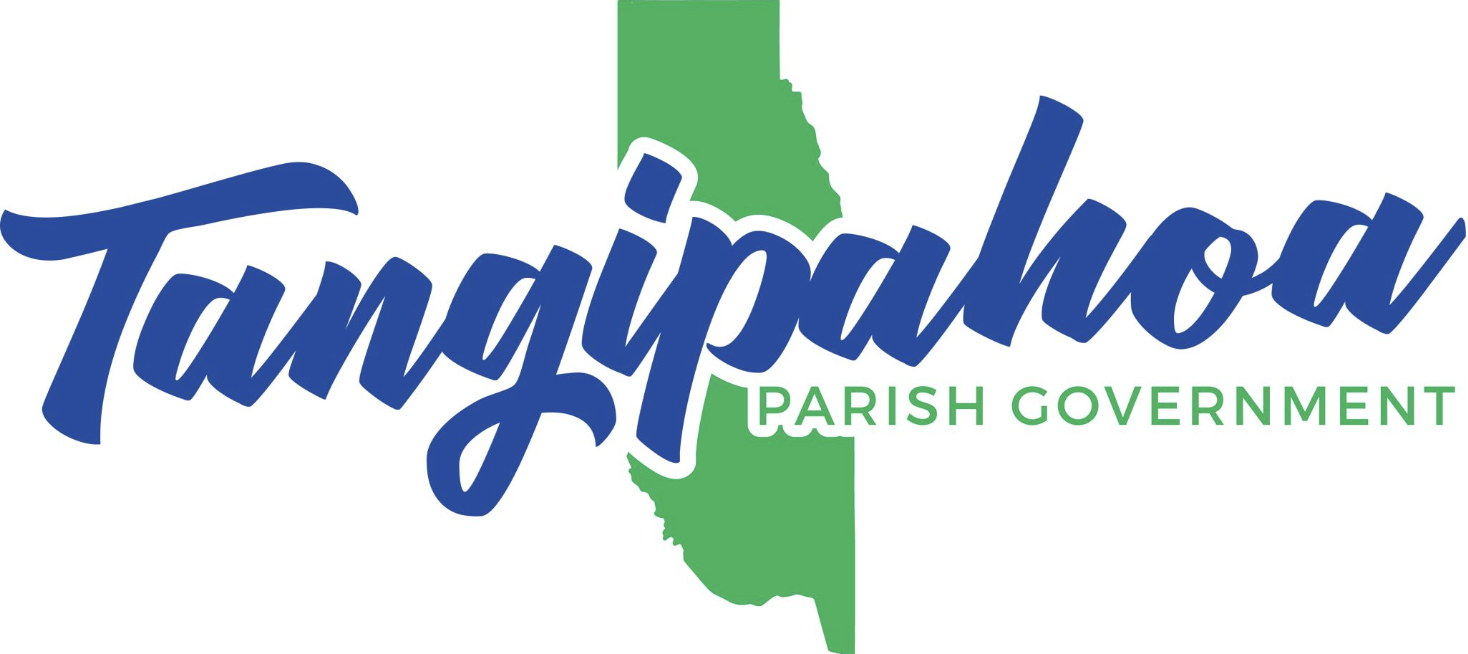The summer of 2025 is shaping up to be one of the most challenging wildfire seasons in recent memory. Across the United States, a dangerous combination of extreme heat, high winds, and prolonged drought is creating conditions ripe for fast-moving fires—and agencies are bracing for a demanding few months.
In the Southeast, an unusually dry winter left the region vulnerable to early-season ignition, particularly across parts of Texas, Louisiana, and Georgia. These areas, more accustomed to hurricanes than wildfires, have been forced to rapidly build out response capabilities for a different type of natural disaster.
Meanwhile, in California, the wet winter of 2023–2024 brought explosive vegetation growth, which has since dried out under record heat this spring—creating a widespread fuel load from the Sierra foothills to coastal canyons. Fire officials warn that any ignition could spread rapidly.
In the Pacific Northwest, an early snowmelt and lower-than-average spring rainfall have left forest floors dry by June. States like Oregon and Washington are preparing for a longer-than-usual fire season, especially in remote and mountainous areas where detection and access are limited.
Across the Midwest and Plains, persistent wind events and shifting climate patterns are contributing to grassland fires that burn hot and fast, threatening agricultural communities and stressing local emergency services.
The Southwest, including Arizona and New Mexico, continues to experience rising temperatures and dwindling monsoon patterns, forcing agencies to adapt their strategies as wildfire threats encroach on the edges of urban areas.
All of this adds up to a single conclusion: wildfires are no longer a Western problem—they are a national one. That’s why agencies from coast to coast are turning to advanced technology and stronger partnerships to prepare, detect, respond to, and recover from these increasingly destructive events.
Early Detection with SenseNet
Early action saves lives and property. That’s why our partnership with SenseNet brings intelligent fire detection to the forefront of incident response. SenseNet’s network of AI-enabled sensors delivers real-time alerts the moment fire is detected—often well before 911 calls are placed. This provides critical minutes to mobilize assets, notify affected populations, and reduce risk to firefighters on the ground.
In 2025, more agencies are integrating SenseNet with WebEOC Nexus, allowing wildfire detection to automatically trigger workflows, alerts, and situational updates across jurisdictions. The result? A faster, smarter start to every wildfire response.
Coordinated Response with WebEOC Nexus
Once a wildfire is underway, incident commanders rely on WebEOC Nexus to manage operations. The platform offers real-time dashboards, mobile-friendly checklists, role-specific boards, and integrated communications—all in one secure environment.
Whether it’s dispatching resources, coordinating mutual aid, or activating emergency operations centers, WebEOC Nexus keeps everyone aligned. Its scalability ensures that response efforts remain smooth and organized—even in the face of rapidly changing fire behavior.
On-the-Ground Assessment with Crisis Track
After the flames are extinguished, the recovery process begins—and that’s where Crisis Track shines. Field teams use the platform to collect and upload damage assessments from affected neighborhoods, ensuring accurate records for FEMA Public Assistance and Individual Assistance programs.
With automated forms, GPS tracking, and tax parcel overlays, Crisis Track reduces paperwork, expedites reimbursements, and brings transparency to every step of recovery. Residents can even self-report damage directly into the system, making the process more accessible and inclusive.
Satellite-Driven Intelligence from ICEYE
Juvare’s new partnership with ICEYE adds a powerful tool to the wildfire response toolkit: synthetic aperture radar (SAR) satellites. Unlike traditional imaging, SAR can penetrate smoke and clouds, delivering detailed visuals of impacted areas regardless of weather conditions.
In practice, ICEYE allows emergency managers using WebEOC and Crisis Track to quantify the scope of destruction with unmatched precision, identify areas of concern before ground crews arrive, and validate damage reports with visual evidence. That’s a leap forward in both speed and accuracy.
Don’t Miss Our Wildfire Webinar
Want to see how these technologies work together in real-world wildfire scenarios? Our upcoming webinar, “Enhancing Wildfire Response with WebEOC and SenseNet,” dives into how early detection and coordinated response are transforming emergency management.
📅 May 20, 2025 🔗 Reserve your spot now — it’s filling up fast.
The New Normal
Summer 2025 is not just a season—it’s a stress test. As wildfires grow in intensity and range, emergency response must evolve in step. From small towns in Mississippi to major metros in California, public safety officials are depending on integrated, intelligent solutions to protect their communities.
At Juvare, we’re committed to supporting those on the front lines with the technology and data they need to make split-second decisions with confidence. Together, we’re helping agencies adapt to the new normal—and build resilience for the future.









